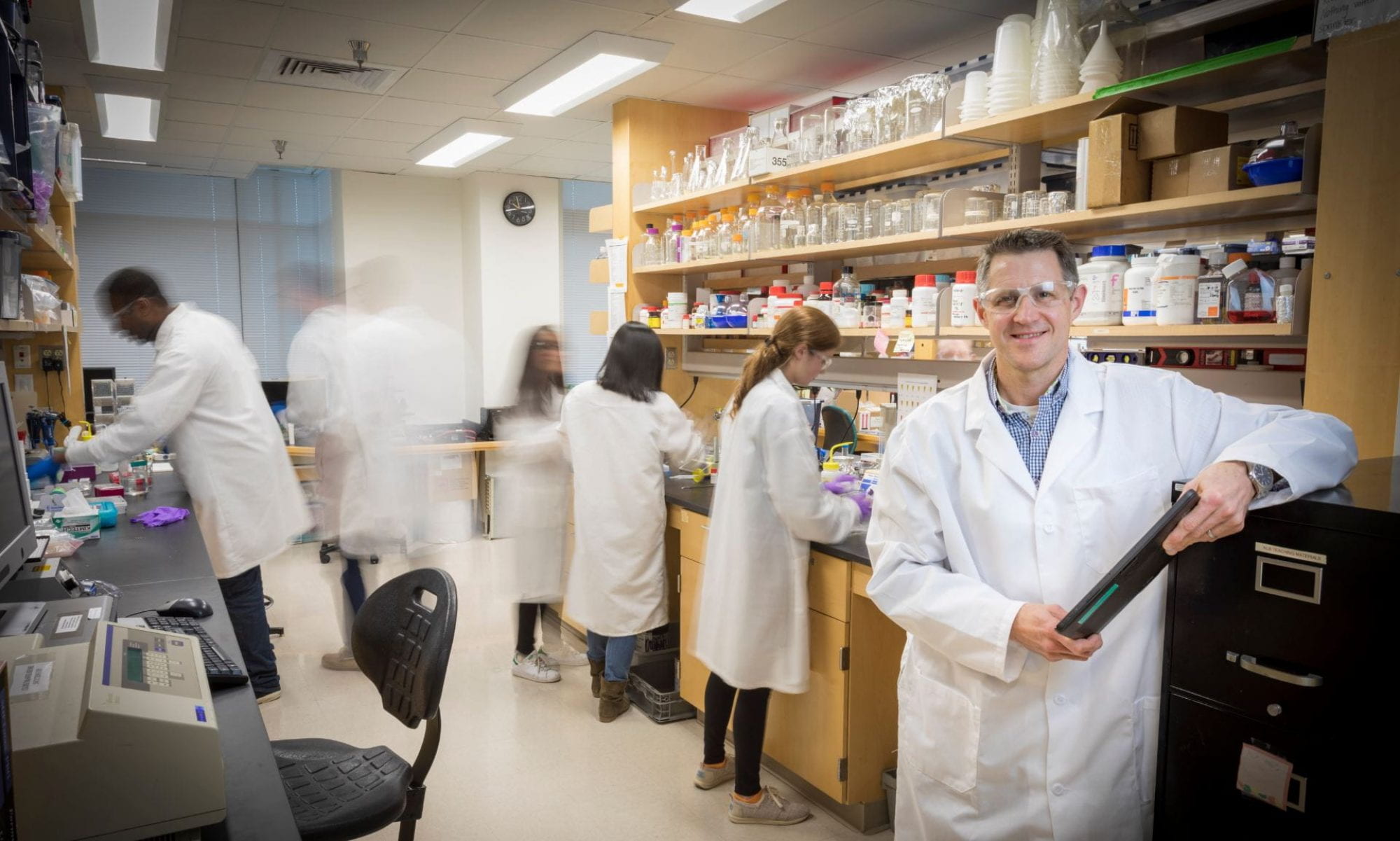Selected Publications
See full list of Billiar PubMed Publications
Billiar’s early publications examined the micro-mechanics of biological tissues. We were the first to demonstrate the non-affine nature of fiber kinematics in connective tissues. We also were the first to characterize the mechanics of the aortic valve using biaxial testing and mathematical modeling.
- Billiar, K.L. and Sacks, M.S. “A method to quantify the fiber kinematics of planar tissues under biaxial stretch,” Journal of Biomechanics, Vol. 30, No. 7, pp. 753-756, 1997.
- Billiar, K.L. and Sacks, M.S. “Biaxial mechanical properties of the natural and glutaraldehyde treated porcine aortic valve: Part I – Experimental results,” Journal of Biomechanical Engineering, Vol. 122, No. 1, pp. 23-30, 2000.
- Billiar, K.L. and Sacks, M.S. “Biaxial mechanical properties of the native and glutaraldehyde-treated aortic valve cusp: Part II – A structural constitutive model,” Journal of Biomechanical Engineering, Vol. 122, No. 4, pp. 327-335, 2000.
- Gloeckner, D.C., Sacks, M.S., Billiar, K.L., Bachrach, N., “Mechanical evaluation and design of a multi-layered collagenous repair biomaterial,” Journal of Biomedical Materials Research., Vol. 52, No. 2, pp. 365-373, 2000.
Interstitial cells respond strongly to mechanical cues including fibrous topography, matrix stiffness, and loading/stretch. Over the past decade, we have been studying the effect of forces both external and generated by other cells within the tissue utilizing precise, mechanically controlled in vitro systems. We have developed three-dimensional tissue models in which we are able to modulate and measure the tension and cyclic stretch. Cyclic stretch induces the cells to dramatically increase the mechanical properties of the engineered tissues and boundary stiffness has profound effects on the phenotype of the cells within the biopolymer gels. Most notably the contractile forces generated by the cells increase synergistically with boundary stiffness and cytokine (TGF-beta) concentration.
- Balestrini, J., Skorinko, J., Hera, A., Gaudette, G., and Billiar, K., “Applying controlled inhomogeneous deformation for in vitro mechanobiological studies,” Biomechan Model Mechanobiol, Volume 9(3):329-44, 2010.
- John, J., Throm, A., Silvestri, C., Billiar, K.L., “Boundary stiffness regulates fibroblast behavior in collagen gels,” Annals of Biomedical Engineering. 2010 Mar;38(3):658-73. doi:10.1007/s10439-009-9856-1.
- Kural, M.H. and Billiar, K.L., “Mechanoregulation of valvular interstitial cell phenotype in the third dimension,” Biomaterials, Jan;35(4):1128-37, 2014.
- Kural, M.H. and Billiar, K.L., “Myofibroblast persistence with real-time changes in boundary stiffness,” Acta Biomaterialia, S1742-7061(15)30268-3. 10.1016/j.actbio.2015.12.031, 2015.
Billiar Lab has also developed unique methods for analyzing cell behavior on fibrous biopolymer materials to analyze transmission of cellular forces and to guide cell growth and differentiation for regenerative medicine applications.
- Rudnicki, M., Cirka, H., Aghvami, M., Sander, E.A., Wen, Q. and Billiar, K.L., “Nonlinear strain stiffening is not sufficient to explain how far cells can “feel” on fibrous protein gels,” Biophysical Journal, 105(1):11-20, 2013.
- Mullen, C, Vaughan, T, Billiar, K, and McNamara, L, “The effect of substrate stiffness, thickness, and cross-linking density on osteogenic cell behavior.,” Biophysical Journal 2015 108(7):1604-12.
- Yao L, Billiar K, Windebank AJ, Pandit A., “Multi-channelled collagen conduits for peripheral nerve regeneration: design, fabrication and characterization,” Tissue Eng Part C Methods. 2010. Dec;16(6):1585-96. doi: 10.1089/ten.TEC.2010.0152.
- Abu-Rub, M., Billiar, K., van Es, M., Knight, A., Rodriquez, B., Zeugolis, D., McMahon, S., Windebank, A., and Pandit, A., “Nano-textured self-assembled aligned collagen hydrogels promote directional neurite guidance and overcome inhibition by myelin associated glycoprotein” Soft Matter, 2011, 7, 2770-2781.
